11 Types of Cauliflower to Bring Color to Your Garden
Author: Jen Worst | Editor: Omar Alonso
Review & Research: Jen Worst & Chris Miller
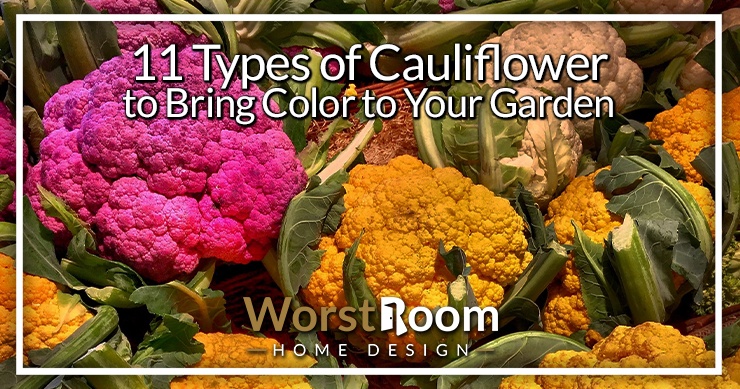
Love it or hate it, there's no denying that very few vegetables are as rich in vitamins, minerals, and antioxidants as the different types of cauliflower. If you can provide the correct soil and temperature condition to the plant, it will reward you within 3 to 5 months, even without any fancy maintenance.
Nowadays, we have various kinds of cauliflower offering hybrids and cultivars of different colors, nutrient contents, and disease resistance. In your garden, you can grow annual or biennial cauliflower in many colors like white, purple, yellow, or green.
Here, we will explore the different species of cauliflower and find out their features, cultivation preferences, nutrient values, and much more. Let's get started.
11 Types of Cauliflower
Cauliflower belongs to the family Brassicaceae which also includes cabbage, broccoli, sprouts, and all types of kale. We generally eat the head or curd of the plant, and it can grow 4 to 8 inches wide.
We have categorized cauliflower based on their colors, and here are the most common characteristics of each category. Learn how to grow cauliflower too if you're just getting started.
White Cauliflower Types
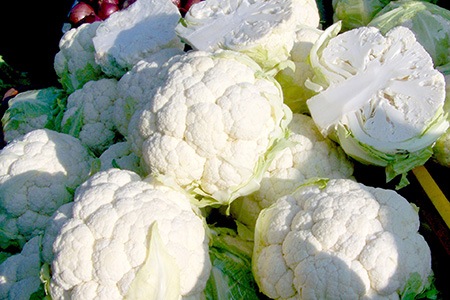
When we think of cauliflower, mostly the white color cauliflower crosses our minds instantly. That's because it's the most common type that grows all over the world.
White cauliflower plants are short, with a small stem, and the flowers grow from the rootstock directly. You can easily identify the plant from its long leaves covering the small white head in the middle.
Compared to other types, white cauliflower is more sensitive to weather changes so, growing it in a home garden can be challenging. If the weather is too cold, the flower develops rice-like structures.
Also, an environment too wet can lead to growing black stems. So you need to pick up the right area and soil type to cultivate white cauliflower.
As the young cauliflower plants prefer a temperature around 20 °C (or 60 to 65 °F), spring is the perfect time to plant cauliflower. The plants need full sun while growing, and they require moist, fertile, and well-drained soil for better growth.
Particularly in white cauliflower, you have to be extra careful about discoloration. When they are young, the cauliflower curd is wrapped by its leaves. As they start growing bigger, some parts of the curd get exposed to the sun that triggers chlorophyll formation.
Hence, those parts turn green or brown and taste different from the white portions. That's why you need to 'blanch' the flower curd by wrapping the leaves around it with a string, rubber band, or special tape.
We have listed the most popular hybrids and cultivars of white types of cauliflower below. Let's have a look.
Snow Crown Cauliflower
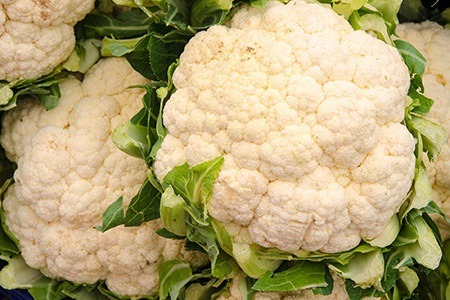
This commercial cultivar is popular in the United States, Asia, and Europe. Among all other white cauliflower plants, this one is a rapid grower and takes only 50 to 60 days to produce flowers. You can grow the plant during summer or fall inside a warm greenhouse.
On the pure white curd, some might have little pink or purple patches that don't affect the mild and sweet flavor of the cauliflower. Usually, the flower grows 7 to 8 inches in diameter and weighs 1 or 2 pounds. Snow crowns are resistant to mildew and maintain eating quality up to 10 days after maturing.
Baby White Cauliflower
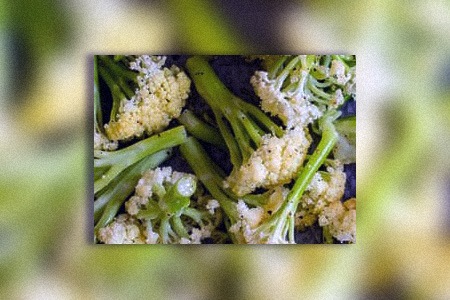
As the name suggests, baby white cauliflower is a pure white, young version of the regular ones. It is often harvested before reaching maturity to avoid the trouble of blanching — the cauliflower peaks in the colder seasons like the fall and winter.
Just like baby types of broccoli, the head of baby cauliflower is also made of tightly bound floret clusters. The curd has a dense, crumbly texture and a mild, nutty-sweet taste. Unlike other variants, baby cauliflower completely lacks bitterness.
The 1 to 3 inches wide cauliflower is rich in vitamin A and C, fibers, and minerals. Almost all the parts of this type are edible, including the leaves, curd, florets, and trunks.
Snowball Cauliflower
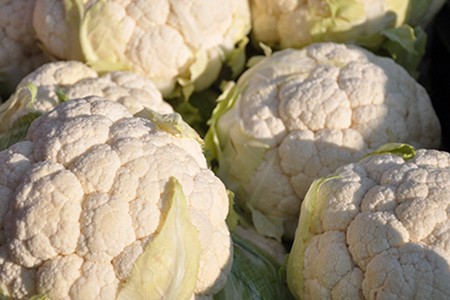
A heritage variety originally developed in America, the snowball cauliflower is snowy-white and grows up to 7 inches wide. The required harvesting time is 65-70 days only. It weighs roughly 2 pounds when mature.
As the plant is a dwarf and compact, these types of cauliflower take smaller spaces than its other counterparts and requires minimal maintenance. For the best results, you can plant the seeds during the fall.
Snowball cauliflower has the characteristic mild and sweet flavor of cauliflower. You can eat it raw or cook it with your salads, snacks, or soups.
Attribute Cauliflower
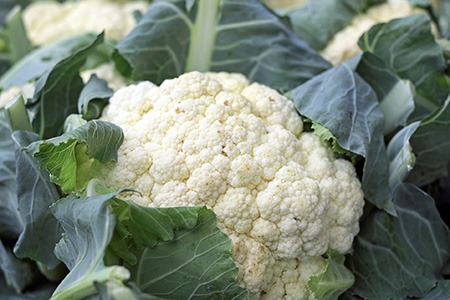
Attribute cauliflower is known for its smooth, evenly grown, bright white heads and its long, velvety green leaves that reach 24 inches in length. Hence, the compact plant is ideal for growing on containers. The flavor of attribute cauliflower is rich and buttery.
You can grow the plant during fall as it shows good tolerance against frost. It takes only 60 to 70 days to mature, and a mature attribute cauliflower curd is 7 inches wide. Because of the long, wide leaves, the curd needs little to no blanching.
Amazing Cauliflower
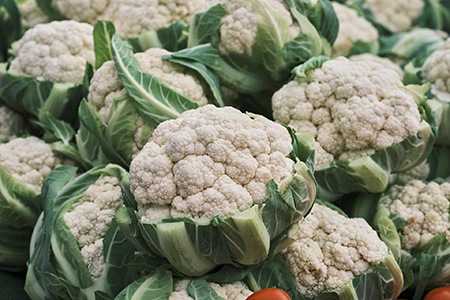
Although this variety is a late grower, it's a popular variety among gardeners because of its low maintenance requirements and tolerance to heat and frost.
Amazing cauliflower takes 75 to 90 days for maturing, and it prefers cool weather. When matured, the curd is deeply domed and has a crispy dense texture.
Amazing cauliflower has the classic nutty flavor of cauliflower. The plant is partially self-blanching, and it's grown for its ability to hold the flower for weeks.
This means these types of cauliflower will remain fresh and unchanged even if you harvest the mature ones after one or two weeks. As the curd is large and dense, you can use it in pizza crusts and for mashing as a replacement for potatoes.
Green Cauliflower Types
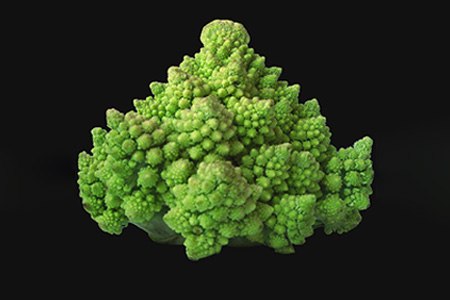
Because of its looks, the green cauliflower is also called 'Broccoflower,' and it's a hybrid of broccoli and regular white cauliflower. The curd of green cauliflower reaches a diameter of 4 to 8 inches.
It's consisted of firm, tightly placed, branching clusters that range in shades from yellowish-green to deep green.
Green cauliflower has the regular mild, nutty, and sweet taste of its white counterparts. However, they lack the bitter undertones of the white varieties.
When you cook them, it becomes sweeter, tender, and chewy. From stem to leaves, every part of the green cauliflower plant is edible and nutritious. Most varieties take 70 to 90 days to mature, though you can find heat-tolerant options that'll grow in 50 to 60 days to harvest.
Like other cauliflower types, the green one is also a rich source of antioxidants, fiber, vitamin A and C, folate, and minerals. You can eat this cauliflower raw, roasted, steamed, or grilled.
Although the green variety grows best in cool climates, it also tolerates a fair amount of heat. You can grow them around the year and harvest them in winter or spring.
Here are the two most common hybrids of green cauliflower:
Alverda Cauliflower
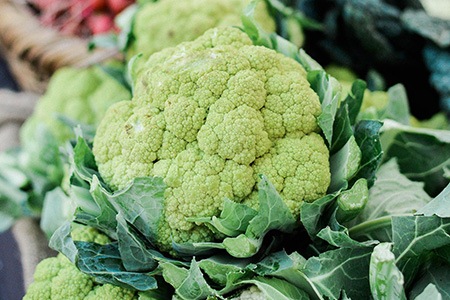
In comparison to other varieties of cauliflower, Alverda is a late grower and takes 80 to 100 days to mature. The flower has a nice lime green color and reaches up to 7 inches in diameter.
You need to plant these types of cauliflower in a sunny location and moist soil to receive a healthy harvest from early spring to midsummer.
Romanesco Cauliflower
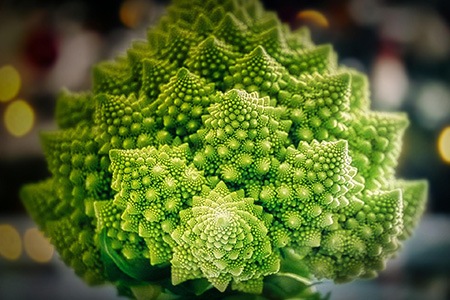
Romanesco is the most unique looking cauliflower of this lineup. The curd is comprised of numerous pale or lime green color spiky, tightly packed florets. It grows 5 to 7 inches wide and takes 80 to 90 days to mature.
The flavor of romanesco cauliflower is even stronger and nuttier than its white cousins. Like typical cauliflower, you can harvest romanesco variety during the fall.
Orange Cauliflower Varieties
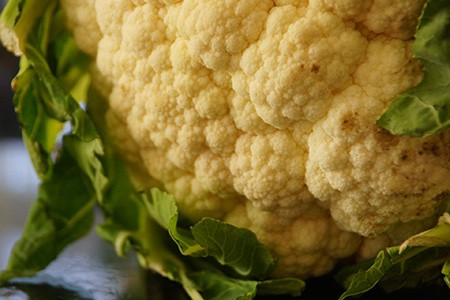
If you like colorful and mild-flavored vegetables, orange cauliflower can be the perfect cultivar to grow. Due to the presence of carotenoids, the curd of this type range from yellowish-orange to vibrant orange.
This genetically mutated variety contains 25 percent more beta carotene than white cauliflower. Orange cauliflower can withstand both heat and cold.
These types of cauliflower usually reach up to 8 inches in diameter and take 60 to 70 days to mature. Unlike other colorful varieties, the orange color doesn't fade away after cooking.
Also, you don't need to blanch the flower as the sunlight doesn't affect the color and flavor of this type. You can use the orange variety for mashing with potatoes as a base for making soup or roast it with pearl onions.
The most common orange hybrid is Cheddar cauliflower. Other hybrids include Orange Dream, Orange Burst, Flame Star, and Orange Bouquet.
Cheddar Cauliflower
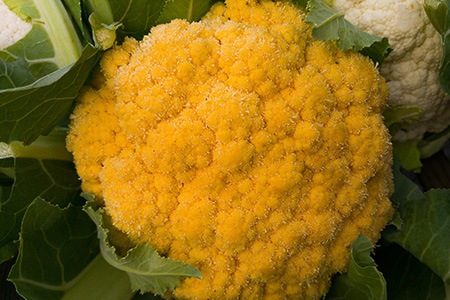
Let's cover the most popular of the orange cauliflower varieties, the Cheddar hybrid. This is an early orange variety that produces heads you can harvest that range between 4 and 7 inches in width in around 60 to 70 days of growth.
These heads are relatively smooth compared to other types of cauliflower. The orange color is not only maintained but becomes richer when cooked, which is when you can enjoy its sweet yet mild flavor.
Purple Cauliflower
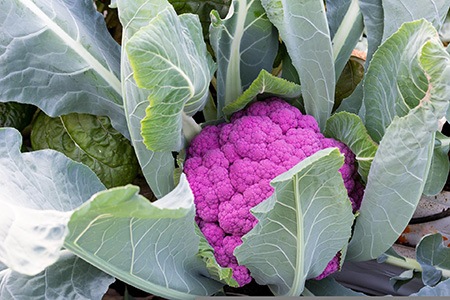
Being one of the most fascinating vegetables, purple cauliflower will immediately catch your eyes. The variety has a crumbly texture and a sweeter and tenderer flavor in comparison to white ones. You can plant this variety during the spring or fall.
Due to the abundance of an antioxidant called 'Anthocyanin', this type of cauliflower curds show various shades of purple, including lavender and violet.
While the curd is purple, the stem and core are white in color. A mature curd measures 7-8 inches in diameter, and you can harvest in 70 or more says.
Because of their interesting color, tender flavor, and mild scent, purple cauliflower is used in salads, roasted, and sauteed.
However, it's better to avoid steaming as it tends to lose the purple color in high temperatures. Graffiti, Violet Queen, Purple Cape, Sicily Cauliflower, Graffiti Hybrid, and Sicilian Violet are some common hybrids of purple cauliflower.
Depurple Hybrid Cauliflower
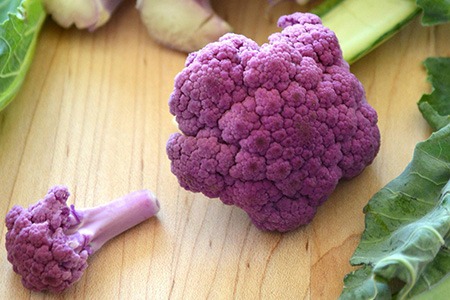
The depurple hybrid is unique for its appearance, and with a time to maturity ranging between 80 and 100 days, it won't require too much patience. What makes it stand apart from other purple hybrids is that the purple florets rest atop of white stems, creating a juxtaposition of colors.
Fioretto Cauliflower
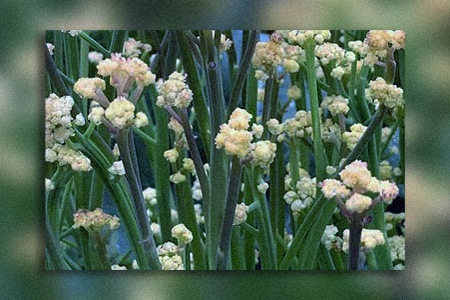
The fioretto cauliflower types are what are known as "sprouting cauliflower" and "stick cauliflower" due to their appearance. Their heads are very small relative to other varieties of cauliflower.
The heads are actually 5 to 6 inches wide and made up of bunches of these smaller "heads", but visually this isn't obvious. The heads are on off-white to yellow color seated atop green stems.
They'll reach about 18 inches tall in around 30 to 60 days, making them a fairly quick type to grow. They're easy to deal with too since they're pest resistant. You can look into Fioretto 60 and Fioretto 85 if you're interested in the sprouting/stick varieties of cauliflower.
Romanesco Cauliflower
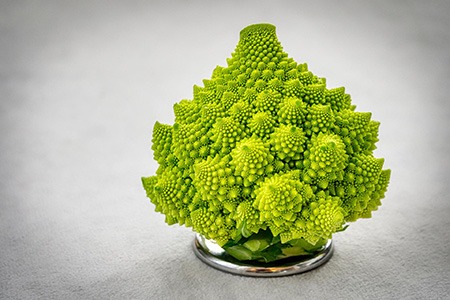
Also known as the broccoflower, these different kinds of cauliflower are unique for their appearance and taste. They have a spiky look to their heads because they're a hybrid mix of broccoli and cauliflower.
This is possible since they both come from the same Brassica oleracea species. These come with a texture that is decidedly more crunchy with a nuttier flavor.
They don't really taste or feel like broccoli despite the name and appearance. If you want to get into broccoli we can help you learn how to grow broccoli as well, which goes great with cauliflower, as we all know.
Types of Cauliflower Put Some Color On Your Plate
Purple, green, and orange cauliflower can be a striking change among the other monochromatic vegetables. Consider the weather condition of your locality and choose a variety accordingly for the best possible harvest.
That was pretty much everything on the different types of cauliflower. If you want a trouble-free harvest of the classic cauliflower, try planting white cauliflower.



